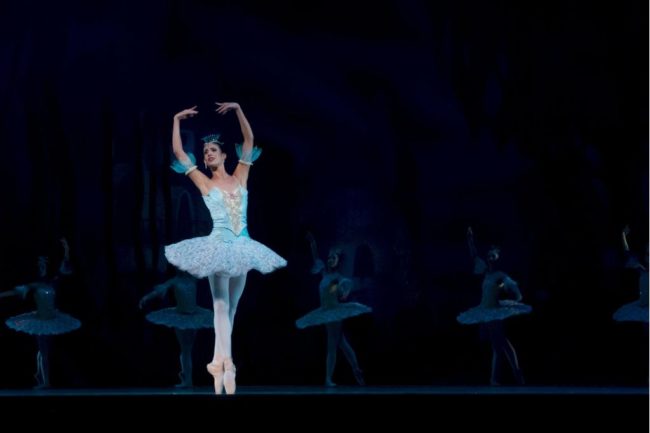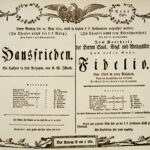In his entire career Beethoven composed only one ballet music, The Creatures of Prometheus. The first performance of the Prometheus ballet was on March 28, 1801, in Vienna. Beethoven wrote an overture, an introduction, fifteen numbers and a finale.
The Creatures of Prometheus (German: Die Geschöpfe des Prometheus) ballet was the creation of dancer, composer, and choreographer Salvatore Vigano. Vigano was very famous and popular all over Europe with innovative and sometimes revolutionary approach to ballet. He took the Prometheus myth from a French novel and adapted it to the spirit of the age, the Enlightenment.
According to legend, Prometheus creates man and woman from stone statues only to discover that they are not humans yet: they lack spirit and soul! Apollo helps Prometheus humanizing the creatures by showing and teaching them music, dance and drama. By learning these beauties humans can be moral, free and happy; as a result make just and harmonious societies.
This idea of humanity being illuminated by science and art was very close to Beethoven. He wrote in his conviction: “Only art and science can raise men to the Godhead.” No wonder he did not hesitate to take the job of composing music for Vigano’s play!
Beethoven started working on The Creatures of Prometheus in the beginning of 1801. He was not new to dance music he had composed the Ritterballet back in Bonn and some ballroom music in Vienna; yet this assignment was an opportunity to practice and make himself known to the theatrical audience.
In the course of a short time he wrote over one hour of music with special attention to the finale. The story, after Melpomene the Muse of Tragedy kills and Thalia the Muse of Comedy resurrects Prometheus, ends with a joyful dance scene. Beethoven and Vigano chose the trending and popular englische dance for the finale and with a good reason.
The English dance had spread across Europe as a progressive, radical new dance. According to the rules dancing partners are constantly changing, a nobleman could end up with a commoner, this way mingling the classes. This idea for the spiritual children of the Enlightenment was the tiny representation of the ideal society.
Beethoven became obsessed with the theme of the finale, a short little tune that inspired him the coming years, something he used in his Eroica symphony and in the also extraordinary Eroica (or rather Prometheus) variations, opus 35.
In the final version of the Prometheus two-act ballet Beethoven wrote an overture, an introduction, fifteen numbers, and a finale.
The first performance of the Prometheus ballet was on March 28, 1801, in Vienna. The reception was mixed, probably Vigano’s approach was too philosophical. The Allgemeine Musikalische Zeitung wrote, “As much dignity and artistic design as it had . . . it nevertheless was not liked in general . . . The music also did not entirely live up to expectations, even though it possesses more than ordinary merit.” The Creatures of Prometheus had fourteen performances in 1801 and more in the next year, which – despite the heavy-handed reviews – should be considered as a success.
On the following day of the début Beethoven ran into Haydn on the streets of Vienna. Haydn was gracious to praise the play saying “Now, yesterday I heard your ballet and it pleased me very much.” To that Beethoven replied kindly referring to Haydn’s famous oratorio, “Oh, my dear Papa, you’re very kind, but it’s a long way from being a ‘Creation’!”





